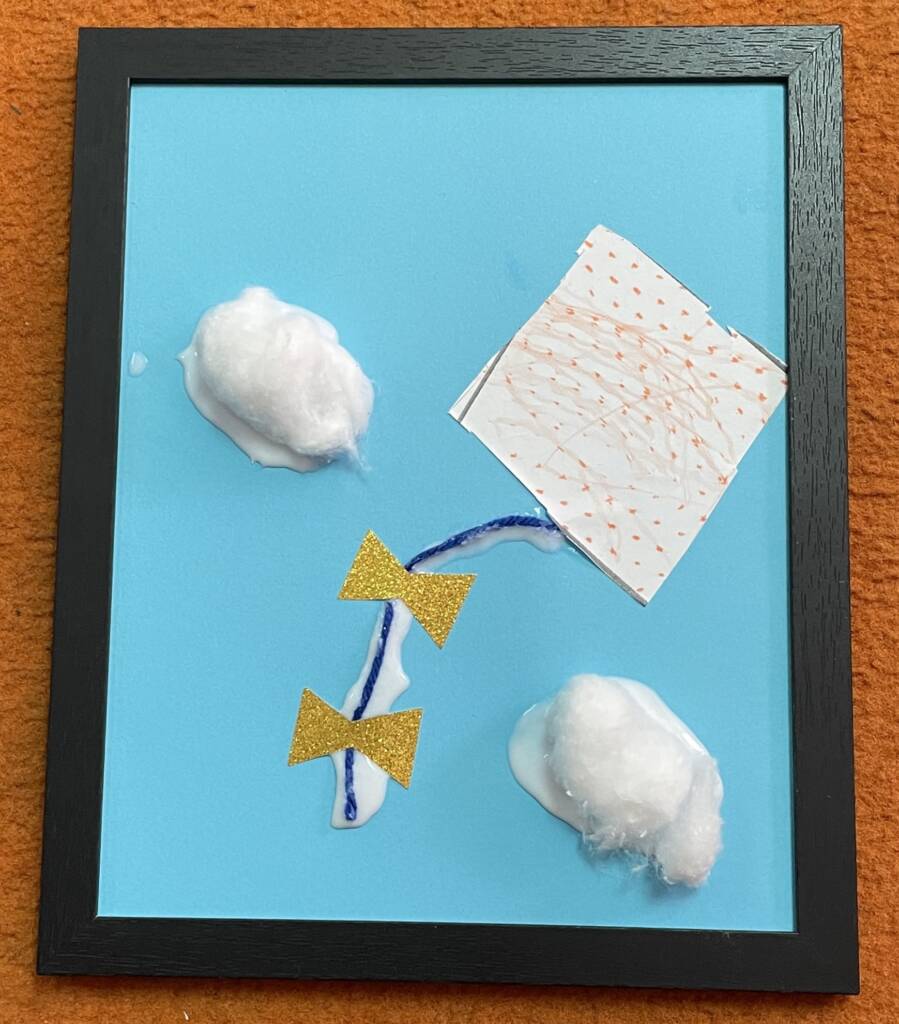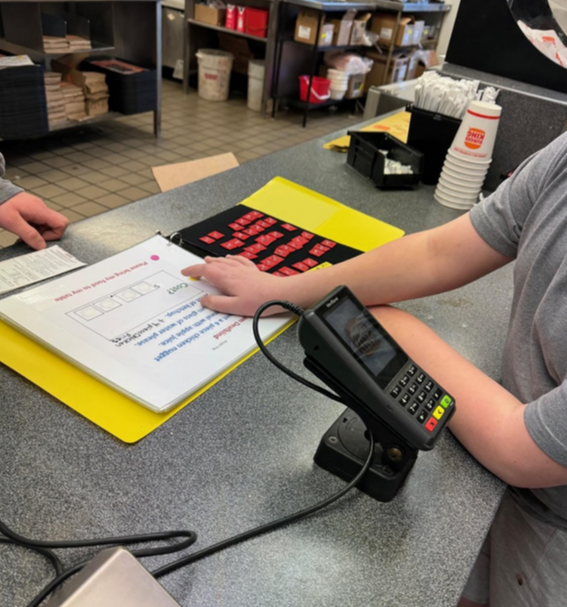If you are a parent trying to help your child learn remotely, you might not be able to promise that your child will practice the pegboard daily, but you do know that you will be washing and drying laundry at some point this week—this post is for you.
Okay, so the world has turned upside down and now, in addition to working from home, we are feeding everyone in our family every meal, putting out squabbles between children who have spent way too much time together, being our own IT department (or watching videos in our off time to desperately learn how to do x, y, and z) AND IN ADDITION WE’RE ALSO FULL-TIME (or part-time—if you are hybrid) TEACHERS—FOR ALL OF OUR CHILDREN!!! It’s crazy! (Just writing about it has me riled up.)
For people who need to get things done, like laundry, I invite you to multi-task with me.
Tips to Create a Predictable Routine
Here are a few ideas to get you started.
Structure + Predictability = Anticipation
Anticipation allows kids that have visual impairments to fill in those gaps caused by lack of access to incidental learning. One thing that kids with visual impairments need is a routine.
If we are to pick up on the OPPORTUNITIES presented by our current pandemic, it’s that all of our days have started to feel similar. We have the opportunity build a consistent routine for the child that is visually impaired. We are also granted the grace time not to have to get out the door to catch the bus each morning.
For Older Children
If your child is older and following along with the typical curriculum of her peers, then work on independence. Choose a skill. Choose it together with the child. Collaborate with your Teacher of Students with Visual Impairments and your child’s Occupational Therapist (and other providers, if appropriate). Provide practice time daily. Plan a time where you monitor progress weekly—and a time for you to check-in with the other service providers for advice, if necessary. Maybe you use a stopwatch to time the task or maybe you look at the number of prompts needed. Plan a treat for a job accomplished or for getting one step closer! Everything that your child can do independently is one more thing you don’t have to do now and one more thing that they can do by themselves and for themselves in the future.
In the past, I watched a clever Rehabilitation Therapist who advised parents to read a magazine to keep from jumping in to “help” children that are trying to work on an activity. Now, we long for the days of the magazine distractions!
Beth Borysewicz has outlined many areas and ideas for independence in her article Expanded Core Curriculum Summer Expedition!
For Other Children: Building Concepts
If your child is not following along with the typical grade level curriculum and doesn’t seem to be able to connect remotely consider the following. Think about family/household chores that you do every day and figure out how your child can be part of it in a way that will ultimately benefit the child. Let’s move beyond hypothetical. Take the laundry, for example. Consider the concepts of WET and WARM.
A child could help with taking clothes out of the washer and you could talk about WET. Emphasize WET. While washing his or her hands or face, or during a bath or shower—talk about WET. Spend a month (or 6) consistently putting WET clothes from the washer into the dryer, asking her to wipe her place after clearing her place after eating at the table—with a WET cloth, hand-under-hand helping her wash her face with a WET cloth, and working in some WET outside activities while the weather is warm. When you are ready, you might take two towels—one WET and one dry—and after letting her feel and explore each one, ask her to give you the WET one so that she can use it to clean her place at the table (or just wipe down the table in general).
As for WARM, a child may help take the clothes out of the dryer right when they finish (make sure the clothes are not too hot—an adult needs to monitor) so that she hears the sound and then gets to feel how WARM they are. If your child or student can eat cookies (or bread, or rice, or drink tea, or even just feel your daily coffee mug) –use that as another example of warm. Cool until safe, but then let him or her feel it while it is still WARM. Make the connections while eating, “(Child) the ___ feels WARM in your hand when you touch it, and WARM in your mouth.” If the weather is warm, talk about WARM. Help her to explore the outside by holding a rock WARMED by the sun.
- Maybe after repeated exposure, you can give her the experience of feeling two items and see if she can give you the WARM one.
- Involve your child in these routines EVERY TIME you do them. Brains are looking for patterns. Be aware of other times when you encounter these concepts and incorporate the child into the routines.
- Be a detective. Look for other concepts that your child may benefit from. Find ways to include your child in activities of daily living, and do it consistently.
The pandemic has created a unique atmosphere where the line between home, school, and work has been blurred. Let’s look for places where this predicament has created new opportunities, and take advantage of those opportunities so that we and our children come out of it with new skills that make us more ready for life on the outside. Let’s use time in our family cocoon to metamorphosize like caterpillars, so we can fly like butterflies when we can get back into society.






